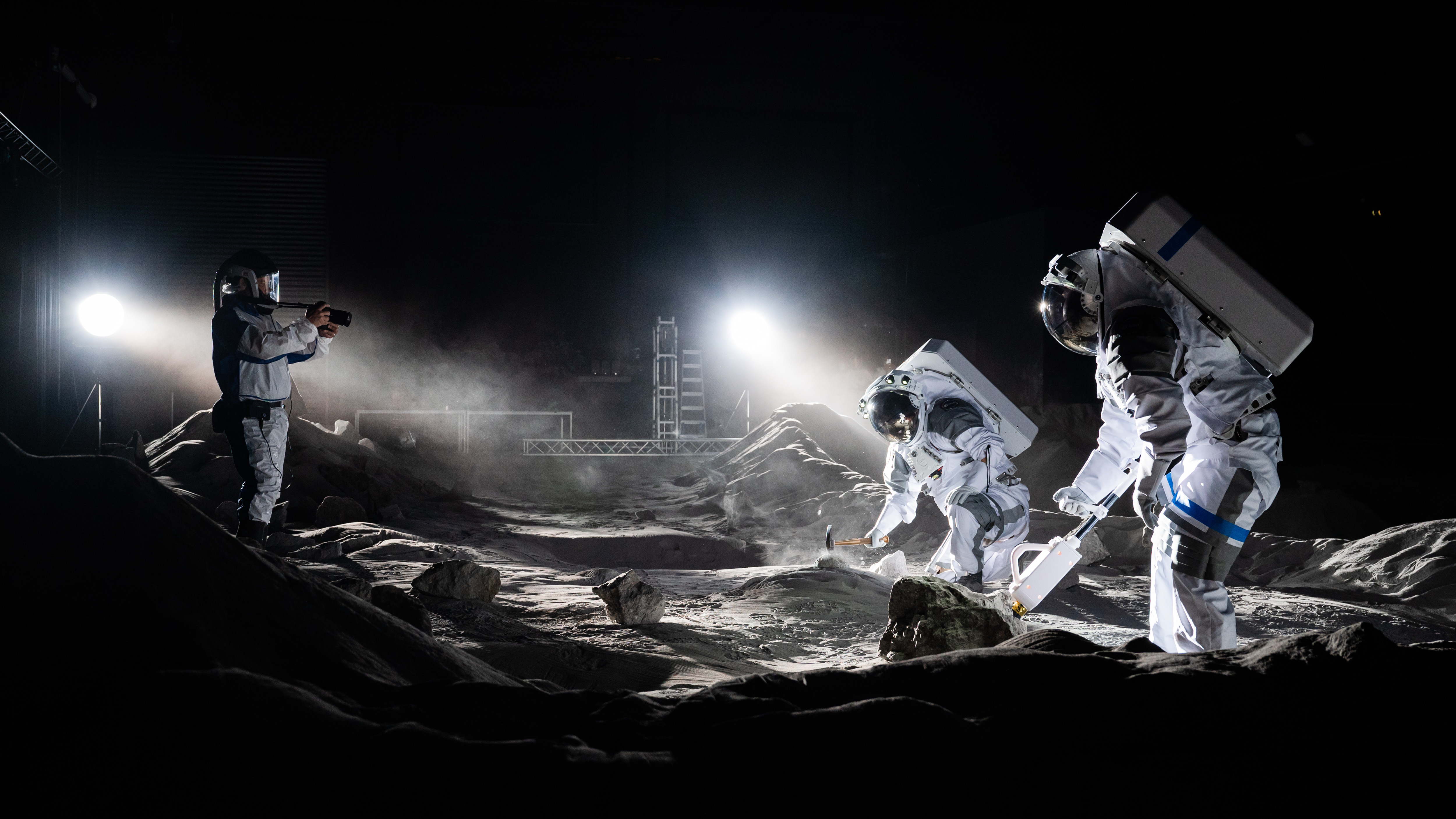Lava Lake on Jupiter Moon Io Triggers 'Hotspots' Seen from Earth
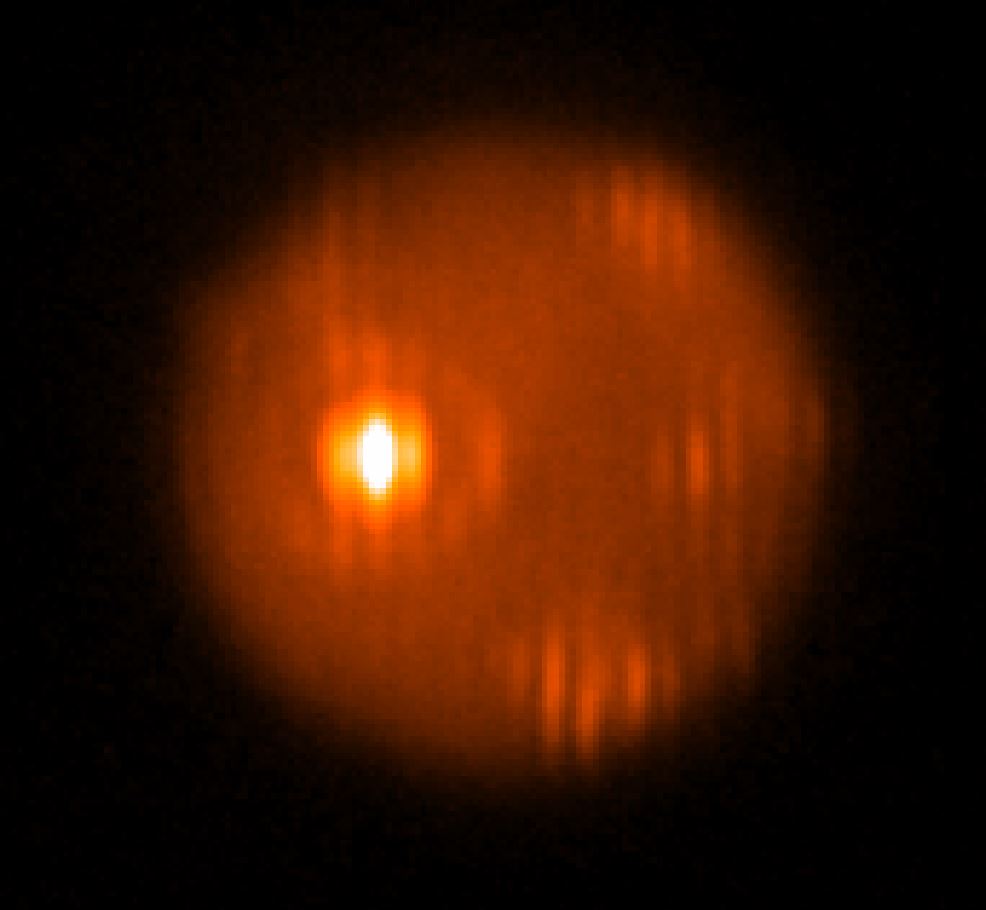
New images of Jupiter's volcanic moon Io show "hotspots" happening in different areas of a volcanic lake. Even more surprising given the lake's small size: the images were taken from Earth.
The pictures of the lake, called Loki Patera, suggest the thermal activity may happen as lava on top of the lake crusts over and falls into the liquid below, triggering emissions visible from Earth in ground telescopes. Astronomers even managed to create a video of Jupiter's moon Europa casting a shadow on the lava lake based on their observations.
Astronomers have detected emissions from the Io's lava lake, which is 124 miles wide (200 kilometers) lake from our planet, but only as a single glow. Researchers got a better look with the Large Binocular Telescope on Mount Graham in southeastern Arizona. The telescope has two 8.4-meter mirrors gazing at the sky, 6 meters (20 feet) apart from each other. [See more photos of volcanoes on Io]
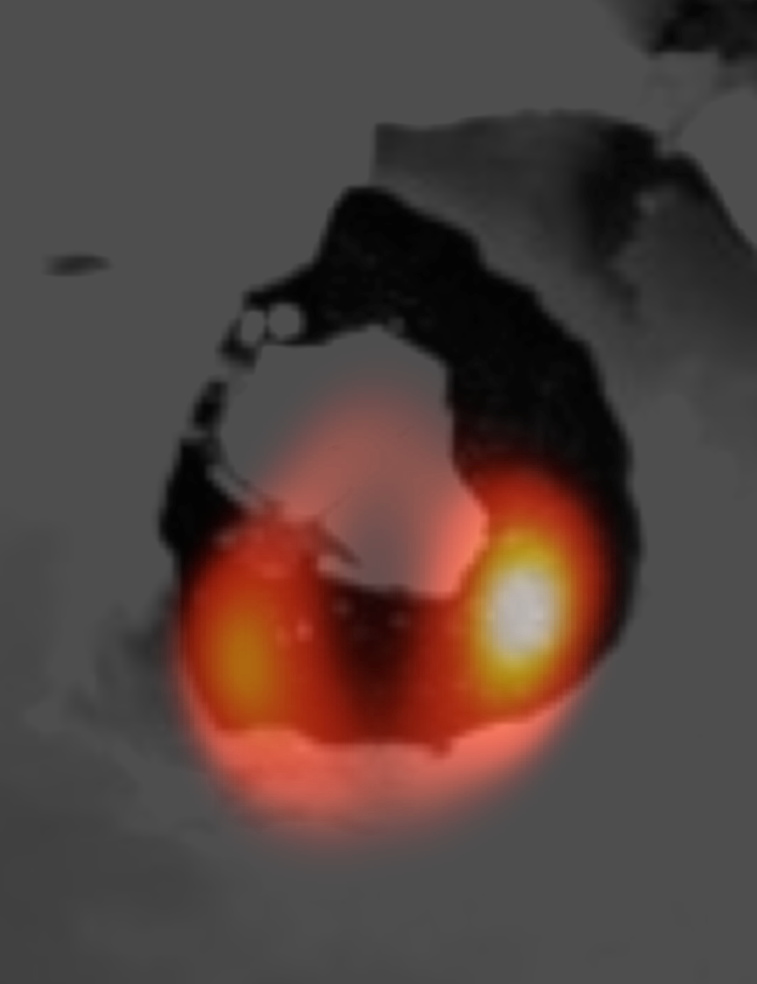
"We combine the light from two very large mirrors coherently so that they become a single, extremely large, mirror," said lead author Al Conrad, a scientist at the Large Binocular Telescope Observatory, in a statement. "In this way, for the first time we can measure the brightness coming from different regions within the lake."
Two of the hotspots on Io are in a region called Colchis Regio, where a huge eruption took place a few months before the images were taken. It's possible the activity was associated with that eruption, researchers said.
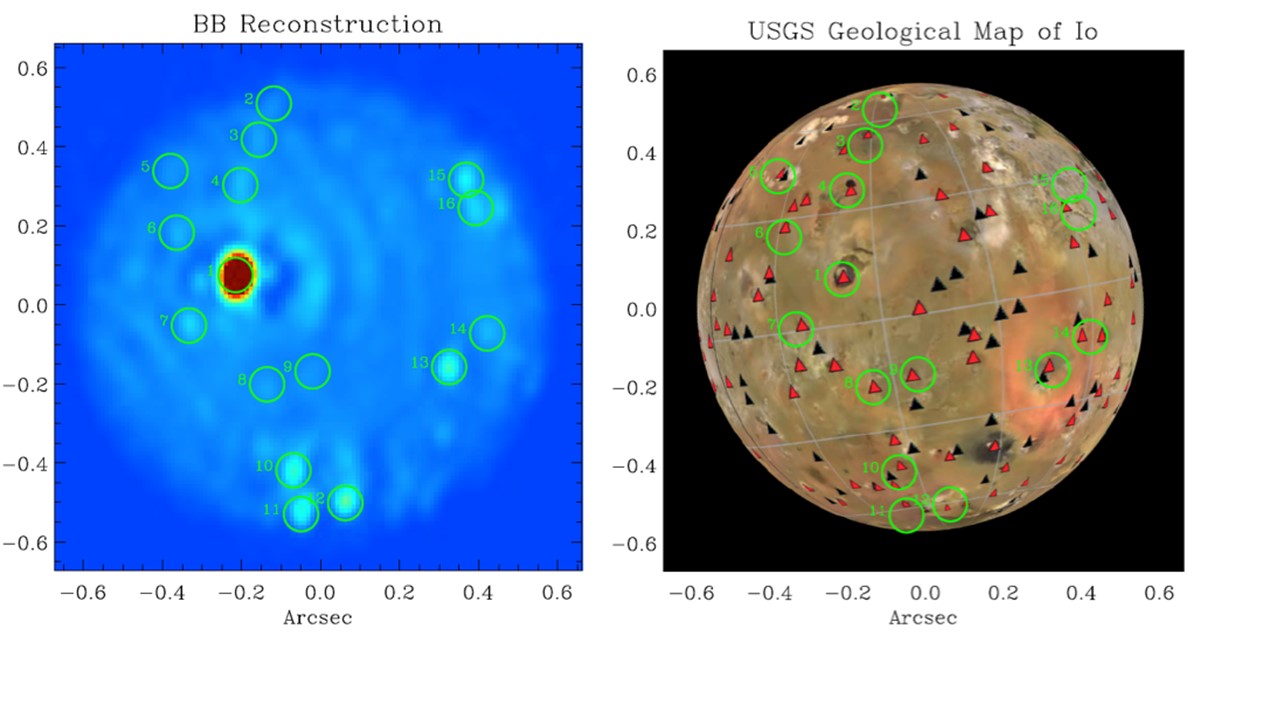
Images from the telescope's LMIRcam (Large Binocular Telescope mid-infrared camera) were combined and processed by computer to make the features pop out. More generally, examining Io in such detail will help prepare NASA for potential missions such as the Io Volcanic Observer, team member and astronomer Chick Woodward of the University of Minnesota said in the same statement.
"Studying the very dynamic volcanic activity on Io, which is constantly reshaping the moon's surface, provides clues to the interior structure and plumbing of this moon," he said. "Io's highly elliptical orbit close to Jupiter is constantly tidally stressing the moon, like the squeezing of a ripe orange, where the juice can escape through cracks in the peel."
Get the Space.com Newsletter
Breaking space news, the latest updates on rocket launches, skywatching events and more!
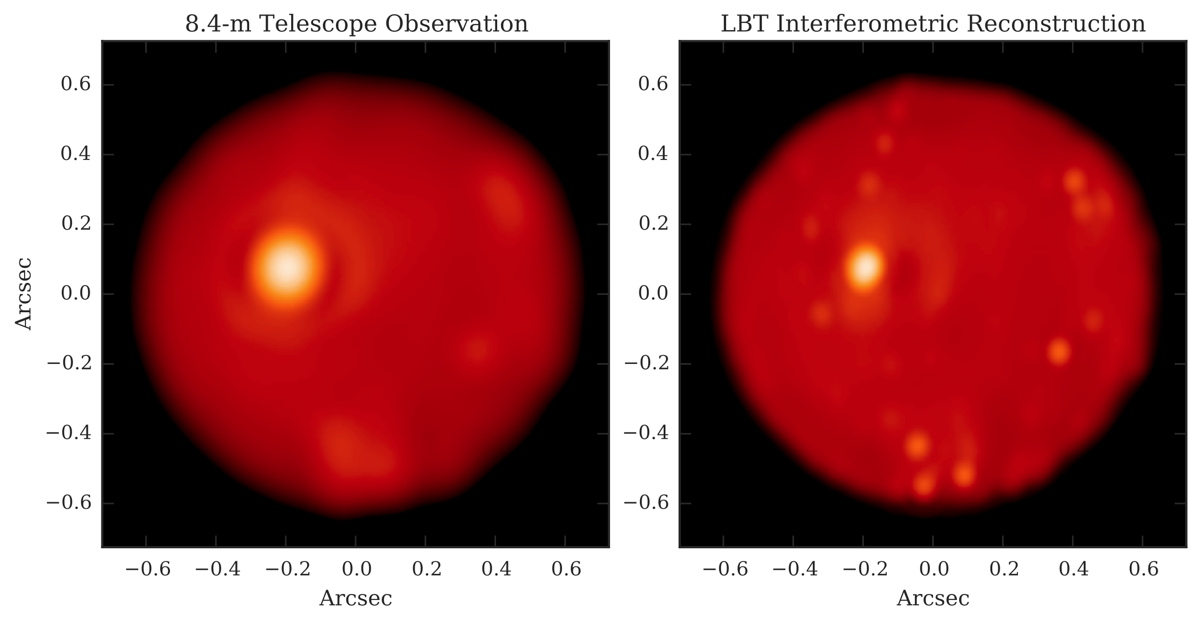
The results were published in The Astronomical Journal.
Follow Elizabeth Howell @howellspace, or Space.com @Spacedotcom. We're also on Facebook and Google+. Original article on Space.com.
Join our Space Forums to keep talking space on the latest missions, night sky and more! And if you have a news tip, correction or comment, let us know at: community@space.com.

Elizabeth Howell (she/her), Ph.D., was a staff writer in the spaceflight channel between 2022 and 2024 specializing in Canadian space news. She was contributing writer for Space.com for 10 years from 2012 to 2024. Elizabeth's reporting includes multiple exclusives with the White House, leading world coverage about a lost-and-found space tomato on the International Space Station, witnessing five human spaceflight launches on two continents, flying parabolic, working inside a spacesuit, and participating in a simulated Mars mission. Her latest book, "Why Am I Taller?" (ECW Press, 2022) is co-written with astronaut Dave Williams.
